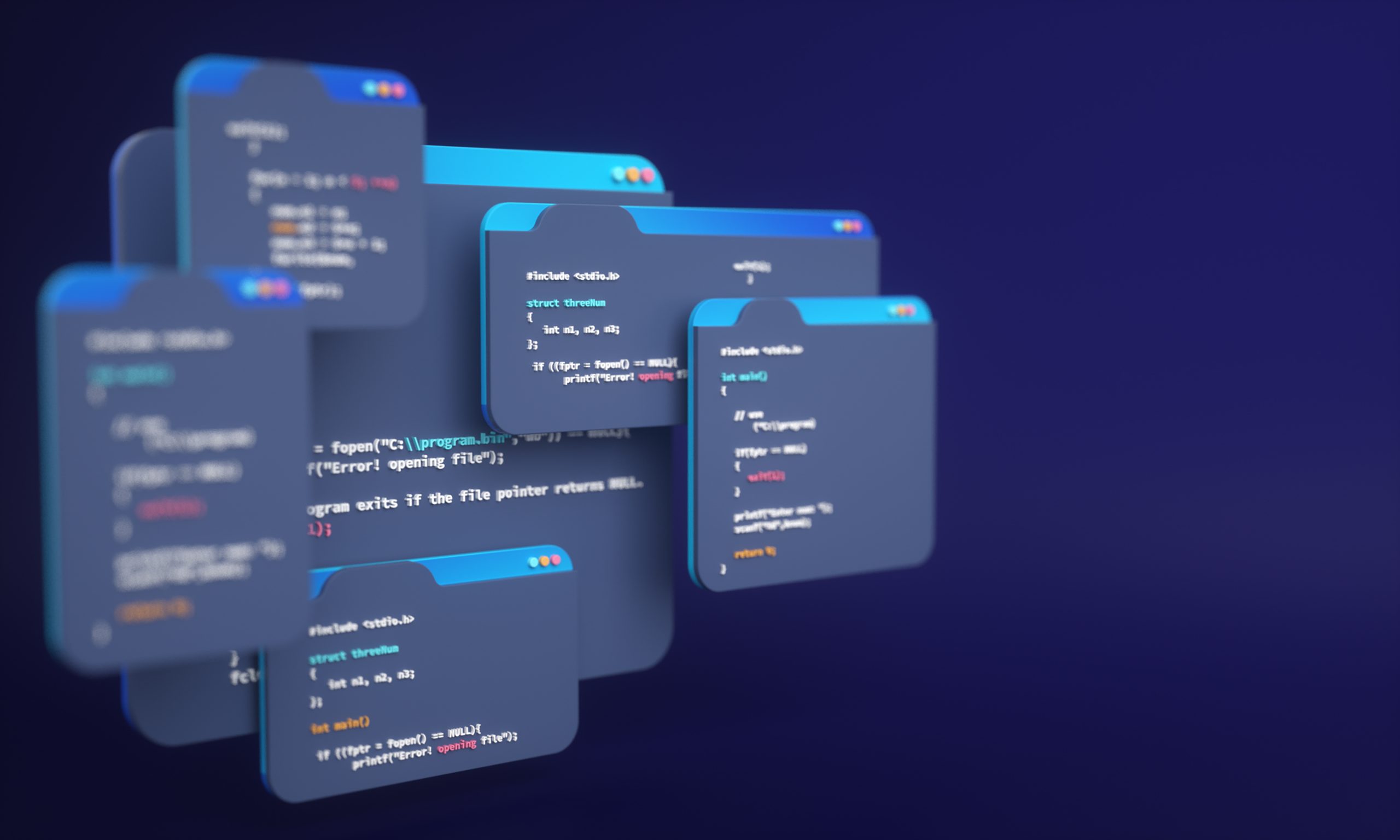Property Risk Platform
Bay-area startup building a cutting-edge property risk platform in stealth mode. Software bridges the gap between REITs, brokers, and insurers using modern features such as AI, serverless cloud technology through AWS, and more.
Challenge
Building an investor-ready MVP within 6 months alongside a team of 5 including CEO. Timing was critical because a high-fidelity product demo was required to secure $34 million in funding.
Services
MVP App Development
Custom Software Development
React DevelopmentResults
Prototype was a success – investment round secured for over $34 million. Company continues to grow past 100+ employees today and raised several more rounds of funding.
Summary
A startup operating in stealth-mode needed to turn an existing clickable prototype in Figma into a working MVP for demonstration purposes before a critical investor meeting.
Building with speed and precision
Given the importance of the forthcoming investor meeting, there was little room for error. Tight deadlines, constant iteration and several pivots added to the challenge. Before development started, several high-fidelity mockups existed as reference, but some features were not fully fleshed out yet.
Performance was a big area of focus as well, because the software might display tens of thousands of properties and crunch data on billions of dollars in real estate assets. Large documents, insurance binders, and SOVs needed to be uploaded, processed, and identified correctly to align with the startup’s value propositions.
Furthermore, the team was remote-first and distributed across the globe, so scattered timezones had to be taken into consideration, making asynchronous communication an important factor for success.
Distilling the MVP down to the essential parts
After several meetings with stakeholders, we were able to identify which elements of the MVP had to be fully functional, and which elements could simply convey the ideas without a full implementation. Some of the more complex items, like document identification and processing with AI, would take several months to build yet would only take a few days to hardcode some examples in the MVP for demo purposes.
The main point that needed to be showcased was how smooth a platform could integrate three sides of the real estate marketplace (property owners, insurers, and brokers), without being overcomplicated to the end users.
Performance was critical because handling that many properties, each with over 150 attributes, live charts, monetary values, and geographical information, would have resulted in a poor demo experience if it ran slowly. To achieve a high-performance MVP that stayed true to the product vision, we worked closely with the design team, analysts, and product owners. There were several things that were implemented:
- • React, virtualization, memoization, and styled components
- • GraphQL with Apollo 3 for caching and real-time updates only where needed
- • A quick, lightweight agile framework that focused on daily standups and removing blockers, without so many meetings
• Weekly demos and check-ins on progress




